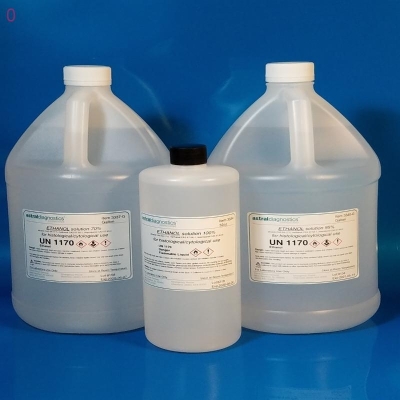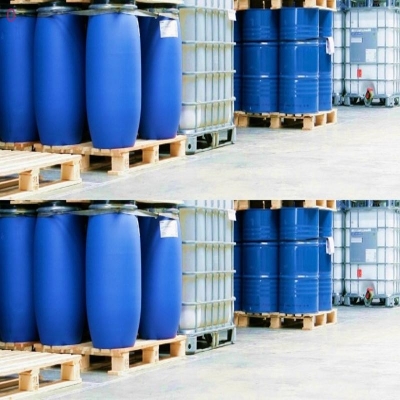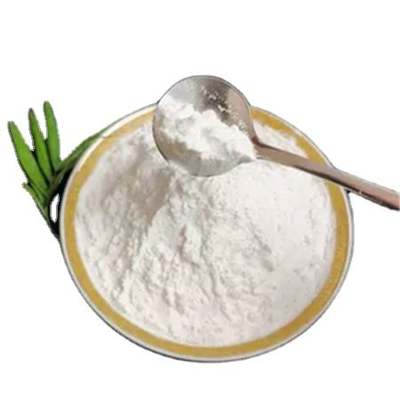-
Categories
-
Pharmaceutical Intermediates
-
Active Pharmaceutical Ingredients
-
Food Additives
- Industrial Coatings
- Agrochemicals
- Dyes and Pigments
- Surfactant
- Flavors and Fragrances
- Chemical Reagents
- Catalyst and Auxiliary
- Natural Products
- Inorganic Chemistry
-
Organic Chemistry
-
Biochemical Engineering
- Analytical Chemistry
- Cosmetic Ingredient
-
Pharmaceutical Intermediates
Promotion
ECHEMI Mall
Wholesale
Weekly Price
Exhibition
News
-
Trade Service
【Hot attention from Chemical Machinery Equipment Network ] VOCs, or "volatile organic compounds", are the general term for all organic compounds emitted into the air in the form of gaseous molecules at room temperature.
VOCs are not only highly toxic, but also important precursors and participants that affect the national and regional air pollution.
Hot attention of Chemical Machinery Equipment NetworkChemical machinery and equipmentVOCs are not only highly toxic, but also important precursors and participants that affect the national and regional air pollution.
At present, there are more than 300 VOCs that have been monitored.
The more common ones are benzene, toluene, xylene, styrene, trichloroethylene, trichloroethane, diisocyanate (TDI), diisocyanotoluate, etc.
It mainly comes from industries such as architectural decoration, organic chemical, petroleum and petrochemical, packaging and printing, surface coating, etc.
, and has an impact on human health and social environment*.
The more common ones are benzene, toluene, xylene, styrene, trichloroethylene, trichloroethane, diisocyanate (TDI), diisocyanotoluate, etc.
It mainly comes from industries such as architectural decoration, organic chemical, petroleum and petrochemical, packaging and printing, surface coating, etc.
, and has an impact on human health and social environment*.
In addition, the editor learned that industrial sources are the key emission area of VOCs, and their emissions account for more than 50% of the total emissions.
However, the proportion of VOCs emitted by living sources such as building decoration and catering oil fume and mobile sources such as motor vehicles are only 19.
6% and 21.
5% respectively.
However, the proportion of VOCs emitted by living sources such as building decoration and catering oil fume and mobile sources such as motor vehicles are only 19.
6% and 21.
5% respectively.
The sources of VOCs are more complicated, and can be roughly divided into natural sources and man-made sources.
Natural sources mainly include non-biological processes such as forest fires and volcanic eruptions, and biological emissions such as vegetation, crop respiration, and soil microbial respiration.
They are the main sources of alkanes and other VOCs in the world, and are currently non-human-controllable.
Natural sources mainly include non-biological processes such as forest fires and volcanic eruptions, and biological emissions such as vegetation, crop respiration, and soil microbial respiration.
They are the main sources of alkanes and other VOCs in the world, and are currently non-human-controllable.
In my country, man-made emissions of VOCs have become the main source of pollution.
Research shows that China's annual average VOCs emissions from natural sources reached 10.
9 million tons, and anthropogenic emissions reached 15.
1 million tons—human emissions were approximately 39% higher than natural sources.
The areas with serious anthropogenic emissions of VOCs are concentrated in the eastern coastal areas, such as Beijing, Shanghai, Guangzhou and other areas, which not only affect the atmospheric environment, but may also cause potential harm to human health.
Research shows that China's annual average VOCs emissions from natural sources reached 10.
9 million tons, and anthropogenic emissions reached 15.
1 million tons—human emissions were approximately 39% higher than natural sources.
The areas with serious anthropogenic emissions of VOCs are concentrated in the eastern coastal areas, such as Beijing, Shanghai, Guangzhou and other areas, which not only affect the atmospheric environment, but may also cause potential harm to human health.
Therefore, monitoring of VOCs is indispensable.
At present, the determination of various components of VOCs in my country's national standards is mainly based on gas chromatography, gas chromatography-mass spectrometry, and differential optical absorption spectroscopy.
Its flame ionization (FID); catalytic oxidation Or combustion method; infrared absorption method (IR or NDIR); photoionization (PID), etc.
are also used in VOCs monitoring, the main instruments that can be used are gas chromatographyAnalytical instrument , hydrogen flame ionizationDetector, etc.
Analytical InstrumentsDetector At present, the determination of various components of VOCs in my country's national standards is mainly based on gas chromatography, gas chromatography-mass spectrometry, and differential optical absorption spectroscopy.
Its flame ionization (FID); catalytic oxidation Or combustion method; infrared absorption method (IR or NDIR); photoionization (PID), etc.
are also used in VOCs monitoring, the main instruments that can be used are gas chromatographyAnalytical instrument , hydrogen flame ionizationDetector, etc.
Man-made sources of VOCs include mobile sources and fixed sources, and fixed sources include living sources and industrial sources.
Mobile sources refer to emissions from various transportation vehicles such as automobiles, ships, and airplanes.
VOCs emissions from domestic sources are complex, including architectural decoration, oil fume emission, garbage incineration, straw incineration, clothing dry cleaning, and so on.
Mobile sources refer to emissions from various transportation vehicles such as automobiles, ships, and airplanes.
VOCs emissions from domestic sources are complex, including architectural decoration, oil fume emission, garbage incineration, straw incineration, clothing dry cleaning, and so on.
So, do you know the characteristics of the technical application of my country's VOCs treatment industry, which mainly include: first, the technical application needs to meet the user's multi-pollutant control needs, and a variety of treatment technologies; second, the industrial integration and technical solutions need to meet the user's emission conditions , Cost budget requirements; Third, it has three major characteristics such as high customization and technical application focusing on safety and stability.
Original title: my country’s anthropogenic emissions of VOCs exceed 10 million tons, accounting for more than half of industrial emissions







